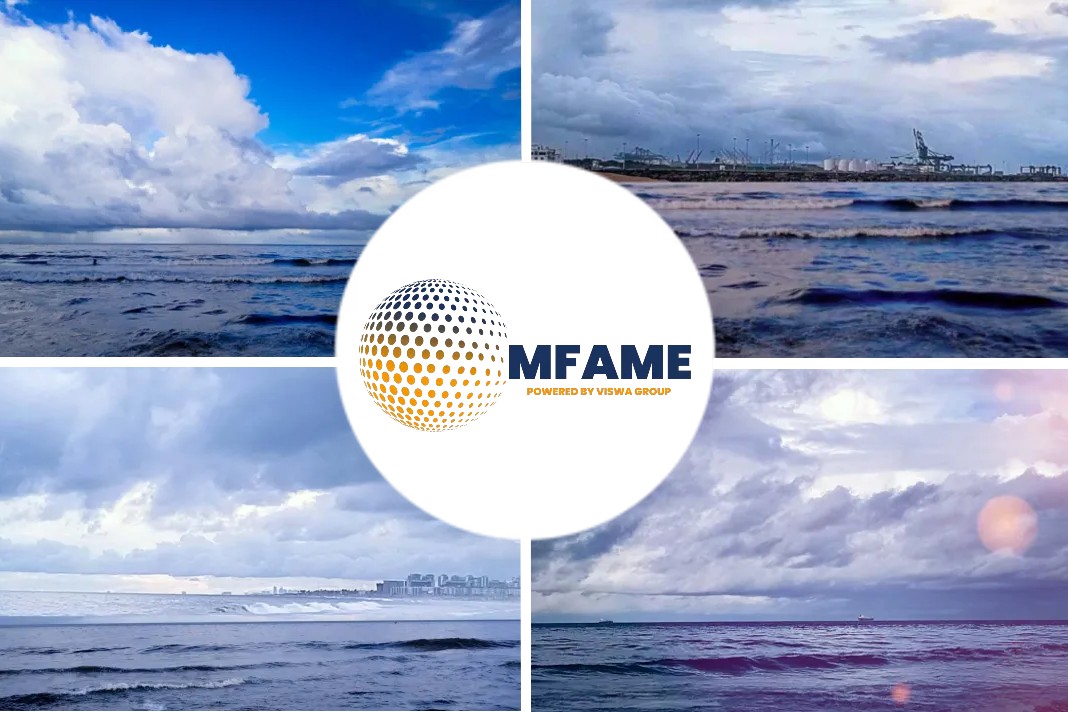Asia’s light ends were mixed at the start of 2022, as lower crude futures soured sentiment, though gasoline could see some support from Indonesia as driving activity picks up in the new year, while naphtha demand as gasoline blendstock and cracker feedstock remained uncertain.
LPG front market structure held in backwardation and traders are hoping for Indian demand to pick up after a recent lull.
Front-month March ICE Brent crude futures stood at $78.01/mt at 0300 GMT Jan. 3, down from $79.14/b at the 0430 GMT Asian close on Dec. 31, says an article published in Platts.
Naphtha
Physical C+F Japan naphtha fell $15.75/mt from the previous Asian session to $732.25/mt in mid-morning trade Jan. 3 on lower crude.
Brokers pegged front-month February-March Mean of Platts Japan naphtha swap time spread at $11.50/mt in mid-morning trade Jan. 3, unchanged from the previous close, Platts data showed.
Buying activity for H2 February delivery naphtha into North Asia slated to begin this week, as the trading cycle rolled forward Jan. 1.
Asia’s naphtha market is expected to be bearish as weakness in the olefins sector and a softening gasoline market is set to dampen blendstock demand.
Demand for naphtha as a steam cracker feedstock is also expected to remain weak, as key CFR Northeast Asia ethylene and C+F Japan naphtha spread narrowed $36/mt on the week to $272/mt at the Asian close Dec. 31, Platts data showed, well below the typical breakeven level for non-integrated producers of $350/mt. This could prompt some steam crackers to reduce run rates.
Naphtha blendstock demand is also expected to be weak as the reforming spread, the difference between Singapore 92 RON gasoline and Singapore naphtha derivative, narrowed 81 cents/b week on week to $8.77/b at the Dec. 31 Asian close, Platts data showed. The thinner spread makes it economically viable for gasoline producers to use naphtha as blendstock.
Gasoline
February FOB Singapore 92 RON gasoline swap fell on the first trading session of the year, pegged notionally lower around $87.86/b early Jan. 3, down 2.4% from the previous session, Platts data showed.
US RBOB-Brent crack weakened to $15.65/b at 0200 GMT Jan. 3, down 8.2% from the previous session. The US RBOB-Brent crack was rising for three consecutive sessions before the dip during Jan. 3 morning trade.
Gasoline demand outlook in China remains mixed. While the commerce ministry granted new gasoline import quotas totaling 700,000 mt to Chinese trading firms and refiners, the country recently imposed domestic lockdowns due to the rampant spread of COVID-19 cases.
China’s state-controlled refiners PetroChina, Sinopec, CNOOC and Sinochem received gasoline import quotas of 100,000 mt, 250,000 mt, 100,000 mt and 250,000 mt, respectively.
Indonesia’s state-run Pertamina was seeking 200,000 barrels of spot high-octane motor gasoline component 92 RON gasoline for February in a tender closing Jan. 4, market sources said. Pertamina’s gasoline import for January would be firm, as the country imported lesser in December, and sentiment was buoyed by strong domestic gasoline demand.
Driving activity in Indonesia surged to 115.7% above baseline levels Dec. 31, from 49.55% above baseline recorded on Dec. 30, latest Apple mobility data showed.
LPG
Front-month February-March CP propane swap time spread edged up slightly, after brokers pegged the backwardation at $31/mt on Jan. 3, widening $1/mt from the previous session.
Front-month February propane CP swaps were indicated at $736/mt Jan. 3, down $7/mt from the previous session.
Butane was indicated $20/mt below propane in mid-morning trade Jan. 3, down $10/mt from the previous Asian close.
India’s LPG demand is expected to recover on the back of government subsidy support and persisting infrastructural constraints of piped gas.
Qatar Energy is expected to announce early this week February-loading term LPG acceptances.
Did you subscribe to our daily newsletter?
It’s Free! Click here to Subscribe!
Source: Platts



















